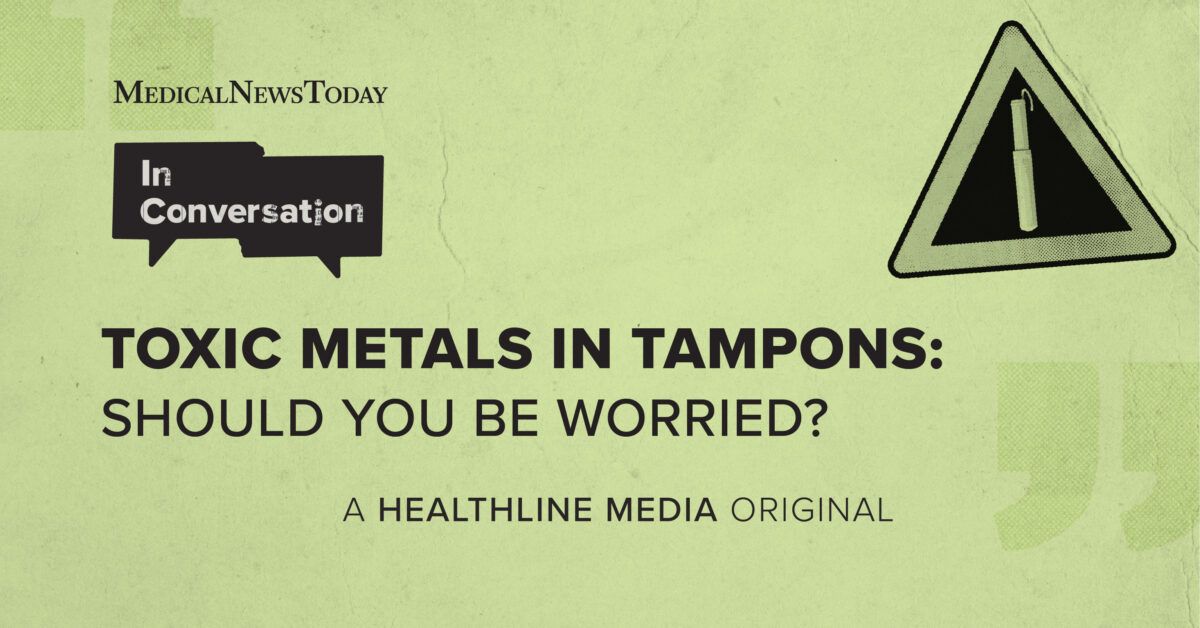A recent study has found traces of heavy metals such as arsenic, cadmium, cobalt, chromium, lead, and zinc in some brands of tampons. These metals can be toxic to human health, sparking concerns about heavy metal contamination in menstrual products. With the average person who menstruates using over 11,000 pads throughout their lifetime, and estimates suggesting even higher numbers for tampons and pads, the issue of exposure to harmful chemicals is a significant one. A study discovered trace quantities of 16 heavy metals in 14 tampon brands available in the U.S. and the U.K., leading to concerns about the safety of menstrual products in the long-term.
The question arises as to how these heavy metals end up in tampons in the first place, and whether regular exposure to such metals could have a negative impact on reproductive health over time. Are organic tampons a safer alternative in terms of chemical exposure? Anna Pollack, a professor of Global and Community Health at George Mason University College of Public Health, conducted research on the relationship between environmental chemical exposures and fertility, pregnancy, and gynecologic health. She co-authored a large systematic review that examined the types of chemicals found in menstrual products like pads and tampons, as well as whether they can disrupt endocrine health.
The use of pads and tampons on a monthly basis, particularly with tampons being inserted into a highly absorbent area of the body, raises concerns about exposure to harmful chemicals. The discovery of heavy metals in tampons has brought attention to the issue of safety and potential health risks associated with menstrual products. Pollack’s research delves into the impact of environmental chemical exposures on various aspects of reproductive health, shedding light on the significance of understanding the potential effects of these metals on the female body over time. With the topic of heavy metal contamination in menstrual products gaining traction, it is important to explore the implications and potential solutions for ensuring the safety and well-being of individuals who use these products.
The podcast episode featuring Pollack provides valuable insights into the presence of heavy metals in tampons and the potential risks associated with regular exposure to these substances. The discussion highlights the importance of further research and awareness regarding the chemicals present in menstrual products, as well as the need for transparency and regulation in the industry. By addressing these concerns and promoting discussions on the topic, steps can be taken towards ensuring the safety and health of individuals who rely on pads and tampons for menstrual care. As awareness grows around the issue of heavy metal contamination in menstrual products, it is crucial to prioritize the well-being of those who menstruate and advocate for the development of safer, more sustainable alternatives in the market.


























